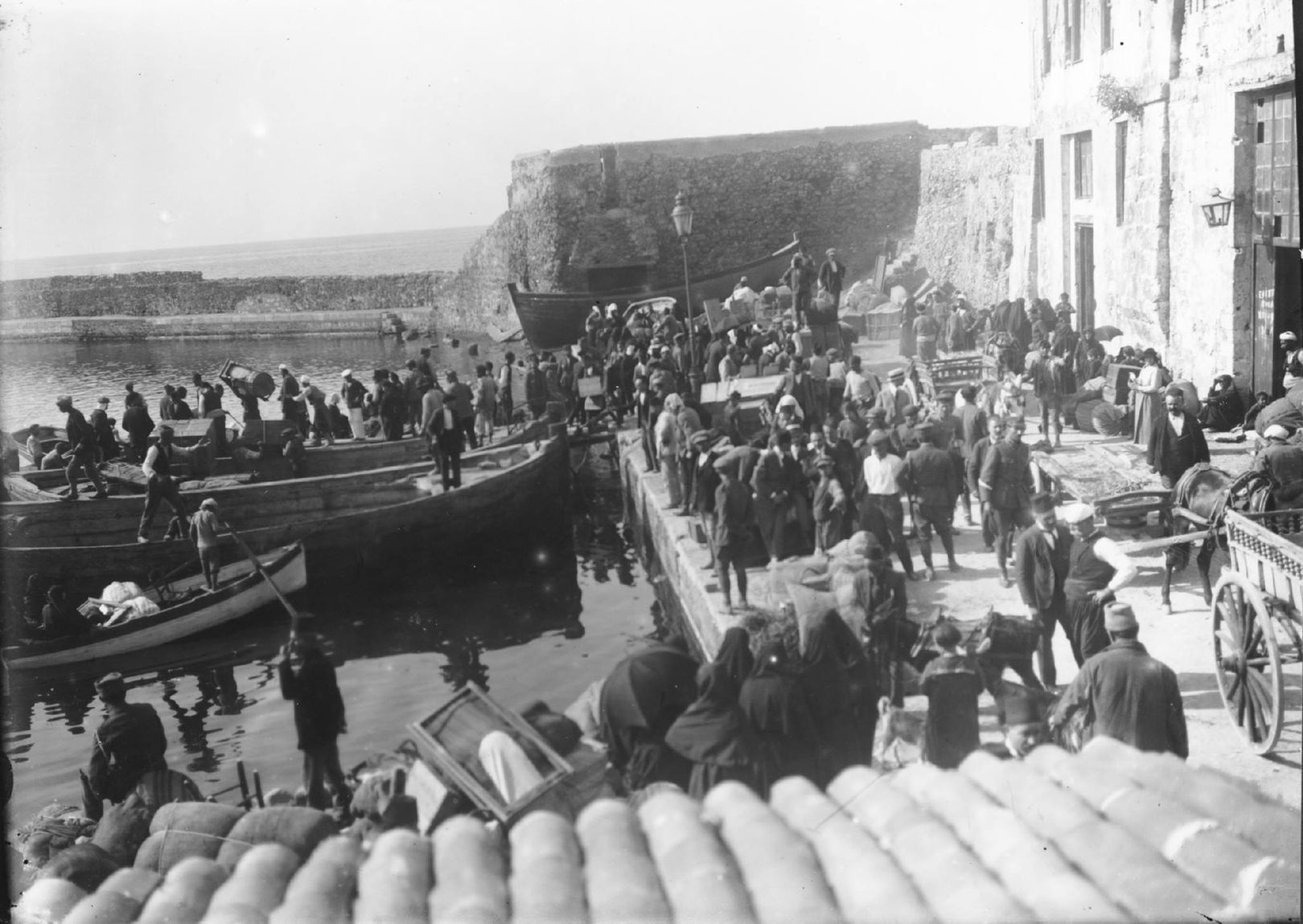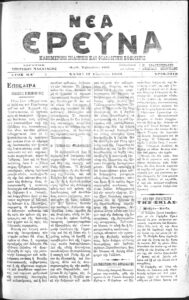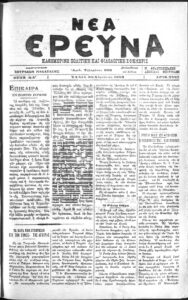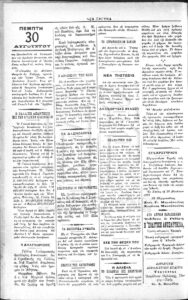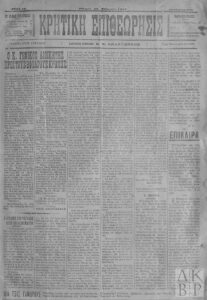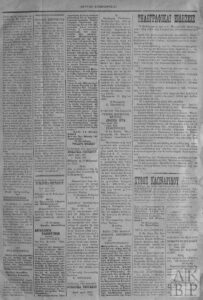City
Migration Period
City Narratives
Category
Full Description
The Population Exchange Agreement determined the fate of the mobile and immobile assets of the people who would be exchanged. As stated in the Agreement, the mobile assets of the exchangeables could be transported to their destination duty-free. If they were to be left behind, the assets had to be documented by the local authorities in the presence of the owner. As for the immobile assets, they would first be appraised by the Mixed Commission and then transferred to the state. The exchangeable Muslims would carry a document provided by the Commission determining the value of their properties. Based on this document, their new country would then grant them similar property of equivalent value.
Within this framework, a committee of Chania Muslims visited the General Governor of Crete shortly before the implementation of the Population Exchange Agreement, asking for a systematic recording of their assets before their departure. The newspaper Nea Erevna pointed out: ‘We deem the demand of the Muslim element perfectly reasonable […] Greek culture dictates that local authorities facilitate the departure of our fellow Ottoman citizens in every possible way’, creating the impression that documenting all Muslim properties was a matter of courtesy instead of an obligation on behalf of the Greek authorities according to the terms of the Agreement. A few days later, the same newspaper informed its readers that an inventory of Muslim properties in Heraklion was being compiled, so that they could be used as housing for the Christian refugees after the departure of the Muslims.
However, it appears that the process was proceeding slowly, as indicated by a notice posted by the Mixed Subcommission in the newspaper Kritiki Epithoerisis. As late as the beginning of February 1924, the notice was still calling for Muslims to submit their property statements so that an inventory of the properties that would eventually be at the disposal of the state could be compiled.
All in all, the management of the properties of both the Turkish Christians and the Greek Muslims was an extremely complex issue. To settle it, the two countries passed a series of laws and signed agreements to complement the original treaty. Despite the refugees’ differing needs and expectations, there were many cases of rehabilitation and compensation that were not resolved before the 1930s, causing widespread disappointment and frustration among the concerned parties.
Bibliography
Ch. A. Kossyva, Legislation on the Administrative Management of Muslim and Exchangeable Properties, P. Livas and G. Chantzos press, Athens 1928.
Nikos Andriotis, Refugees in Greece 1821-1940. Arrival, care, rehabilitation, Hellenic Parliament Foundation, Athens 2020.
